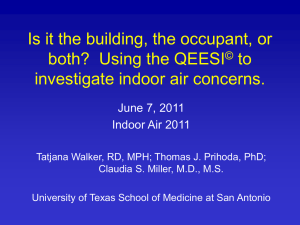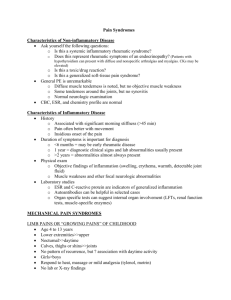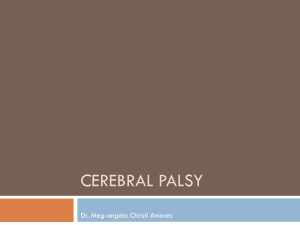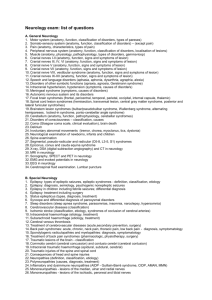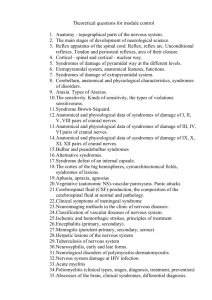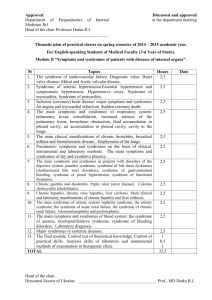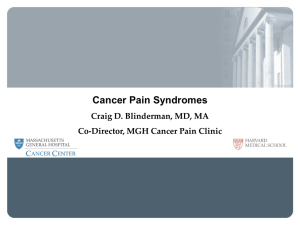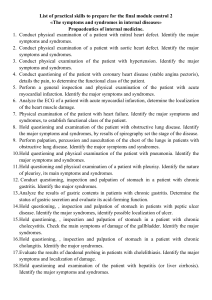Notes
advertisement
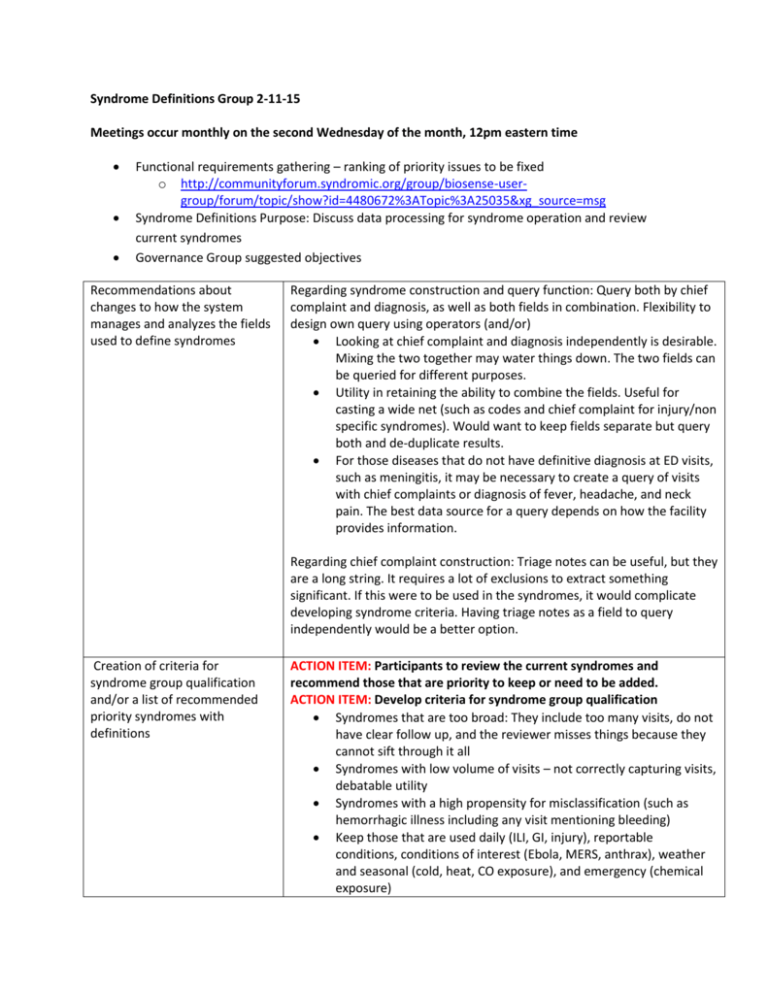
Syndrome Definitions Group 2-11-15 Meetings occur monthly on the second Wednesday of the month, 12pm eastern time Functional requirements gathering – ranking of priority issues to be fixed o http://communityforum.syndromic.org/group/biosense-usergroup/forum/topic/show?id=4480672%3ATopic%3A25035&xg_source=msg Syndrome Definitions Purpose: Discuss data processing for syndrome operation and review current syndromes Governance Group suggested objectives Recommendations about changes to how the system manages and analyzes the fields used to define syndromes Regarding syndrome construction and query function: Query both by chief complaint and diagnosis, as well as both fields in combination. Flexibility to design own query using operators (and/or) Looking at chief complaint and diagnosis independently is desirable. Mixing the two together may water things down. The two fields can be queried for different purposes. Utility in retaining the ability to combine the fields. Useful for casting a wide net (such as codes and chief complaint for injury/non specific syndromes). Would want to keep fields separate but query both and de-duplicate results. For those diseases that do not have definitive diagnosis at ED visits, such as meningitis, it may be necessary to create a query of visits with chief complaints or diagnosis of fever, headache, and neck pain. The best data source for a query depends on how the facility provides information. Regarding chief complaint construction: Triage notes can be useful, but they are a long string. It requires a lot of exclusions to extract something significant. If this were to be used in the syndromes, it would complicate developing syndrome criteria. Having triage notes as a field to query independently would be a better option. Creation of criteria for syndrome group qualification and/or a list of recommended priority syndromes with definitions ACTION ITEM: Participants to review the current syndromes and recommend those that are priority to keep or need to be added. ACTION ITEM: Develop criteria for syndrome group qualification Syndromes that are too broad: They include too many visits, do not have clear follow up, and the reviewer misses things because they cannot sift through it all Syndromes with low volume of visits – not correctly capturing visits, debatable utility Syndromes with a high propensity for misclassification (such as hemorrhagic illness including any visit mentioning bleeding) Keep those that are used daily (ILI, GI, injury), reportable conditions, conditions of interest (Ebola, MERS, anthrax), weather and seasonal (cold, heat, CO exposure), and emergency (chemical exposure) Recommended methods for determination of the sensitivity and specificity of syndromes and criteria for selection. ACTION ITEM: Participants to suggest sensitivity and specificity criteria for syndromes Gold standard – observe diagnosis code that validates the chief complaint. Look for codes that meet the criteria of text value. For example when validating acute respiratory illness (ARI) want to confirm that visits captured by the syndrome show a diagnosis of fever or cough. Reference literature to validate changes to inclusion/exclusion criteria. Again in the example of ARI, it has been noted that bronchitis lab results are connected to cases of flu. This lends support to including bronchitis as a chief complaint or diagnosis term in an ARI syndrome. If completed by the working group, finalized syndromes for change or incorporation within BioSense Platform. Participants are needed to address the Governance Group objectives and action items above. Please sign up to work on at least one topic. Work group members who do not volunteer by the next call on March 11th will be assigned a topic. Please reach out with any revisions to the notes, or questions or comments. Contact information: Amanda Wahnich Amanda.wahnich@vdh.virginia.gov 804-864-7760

